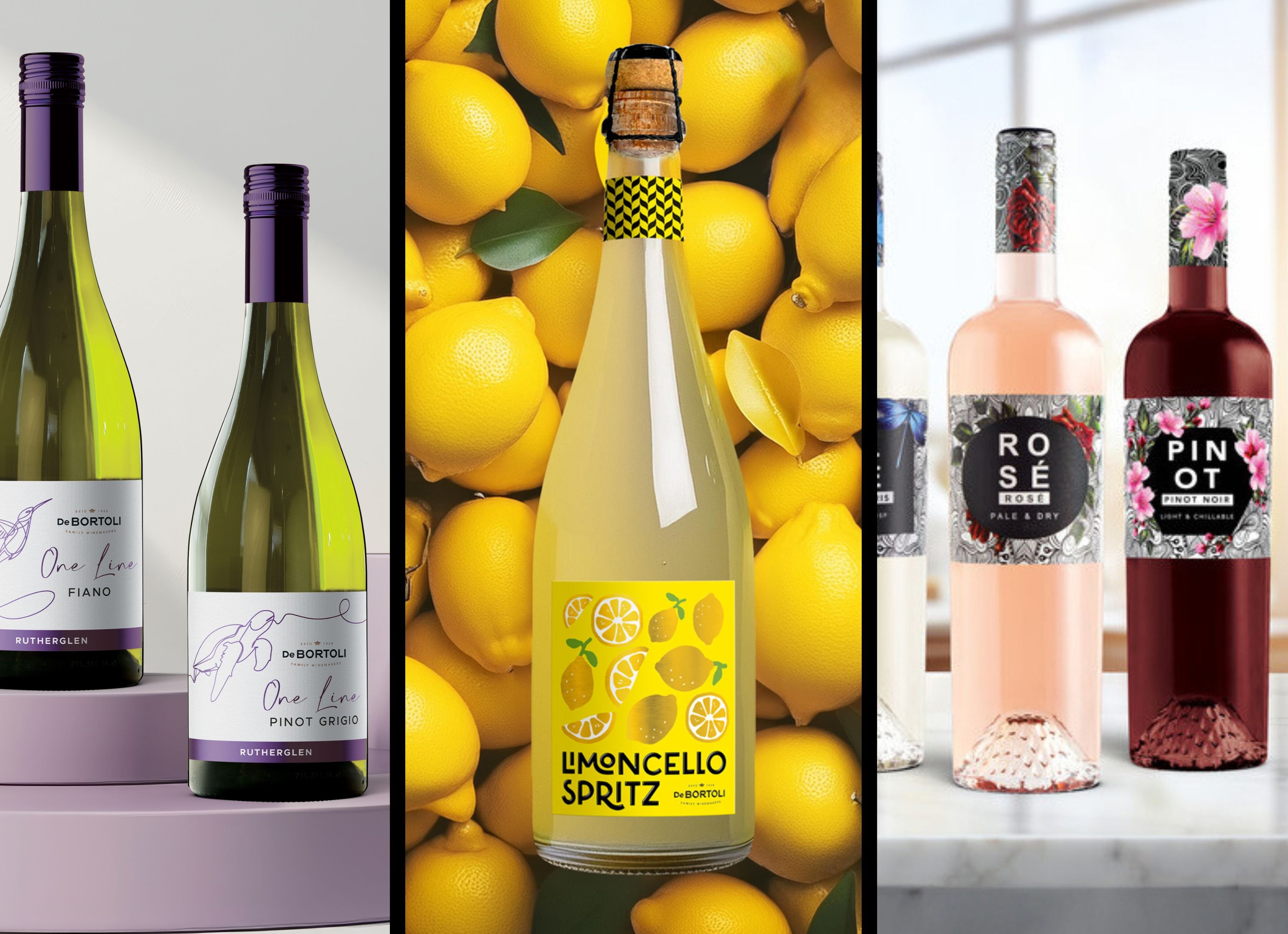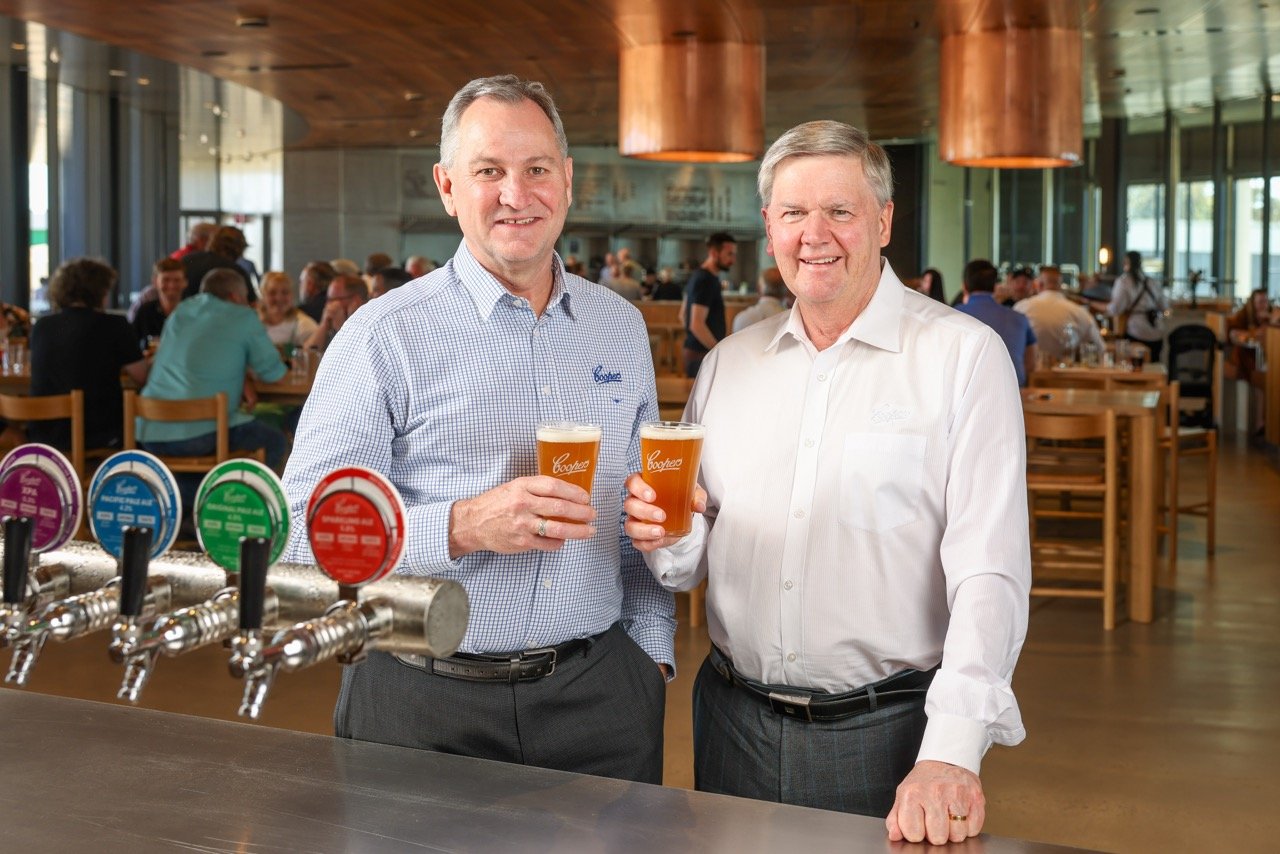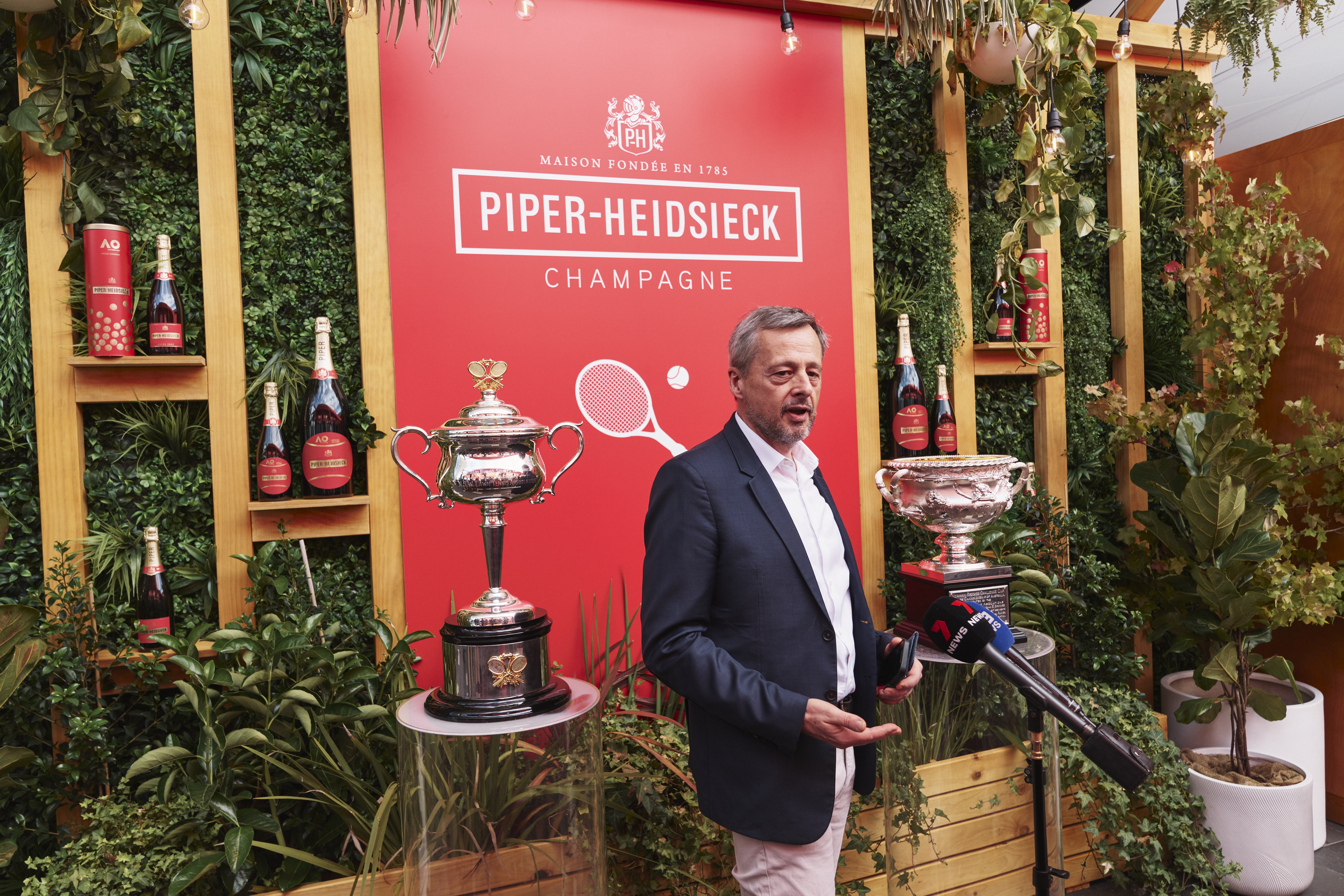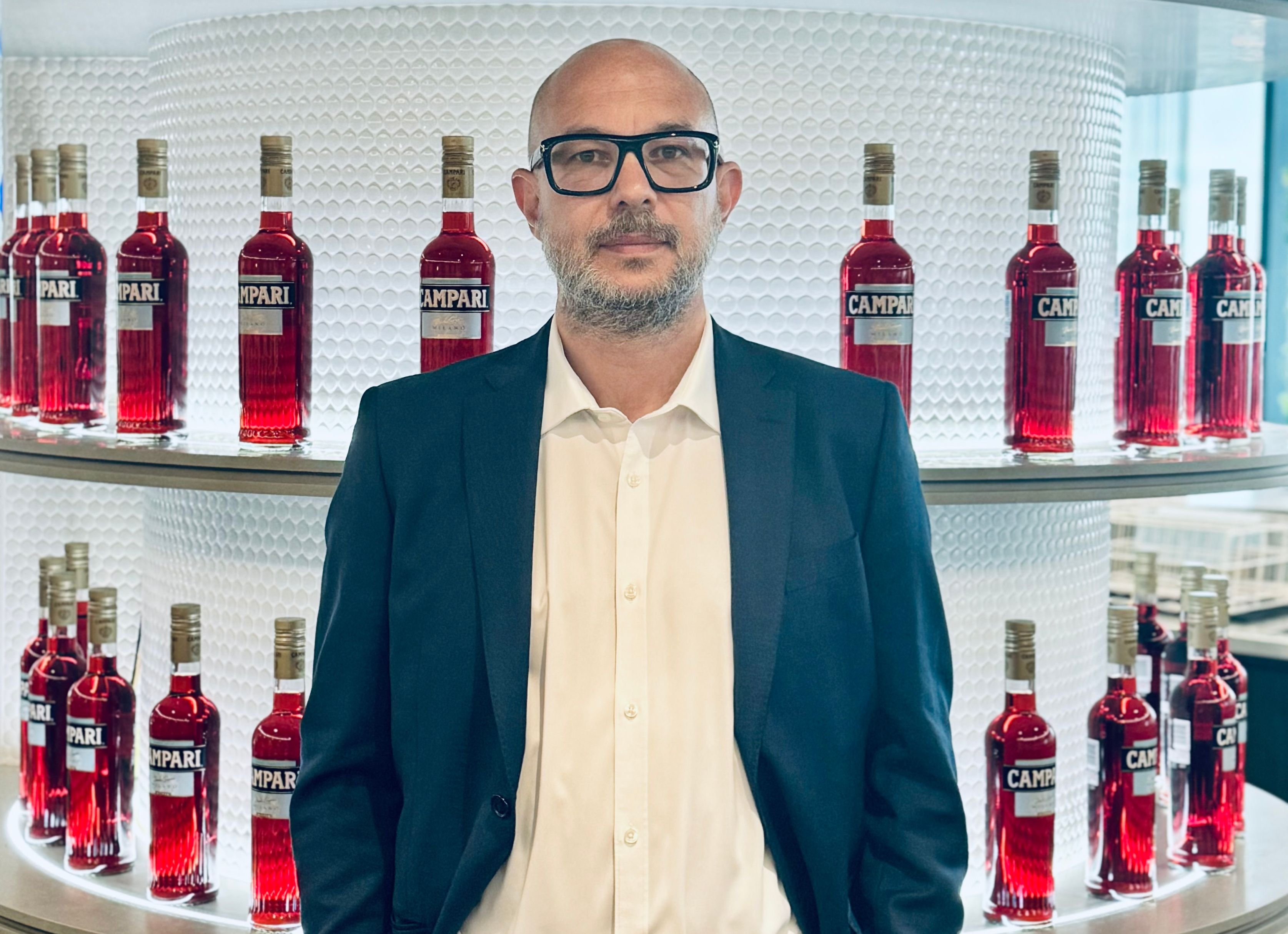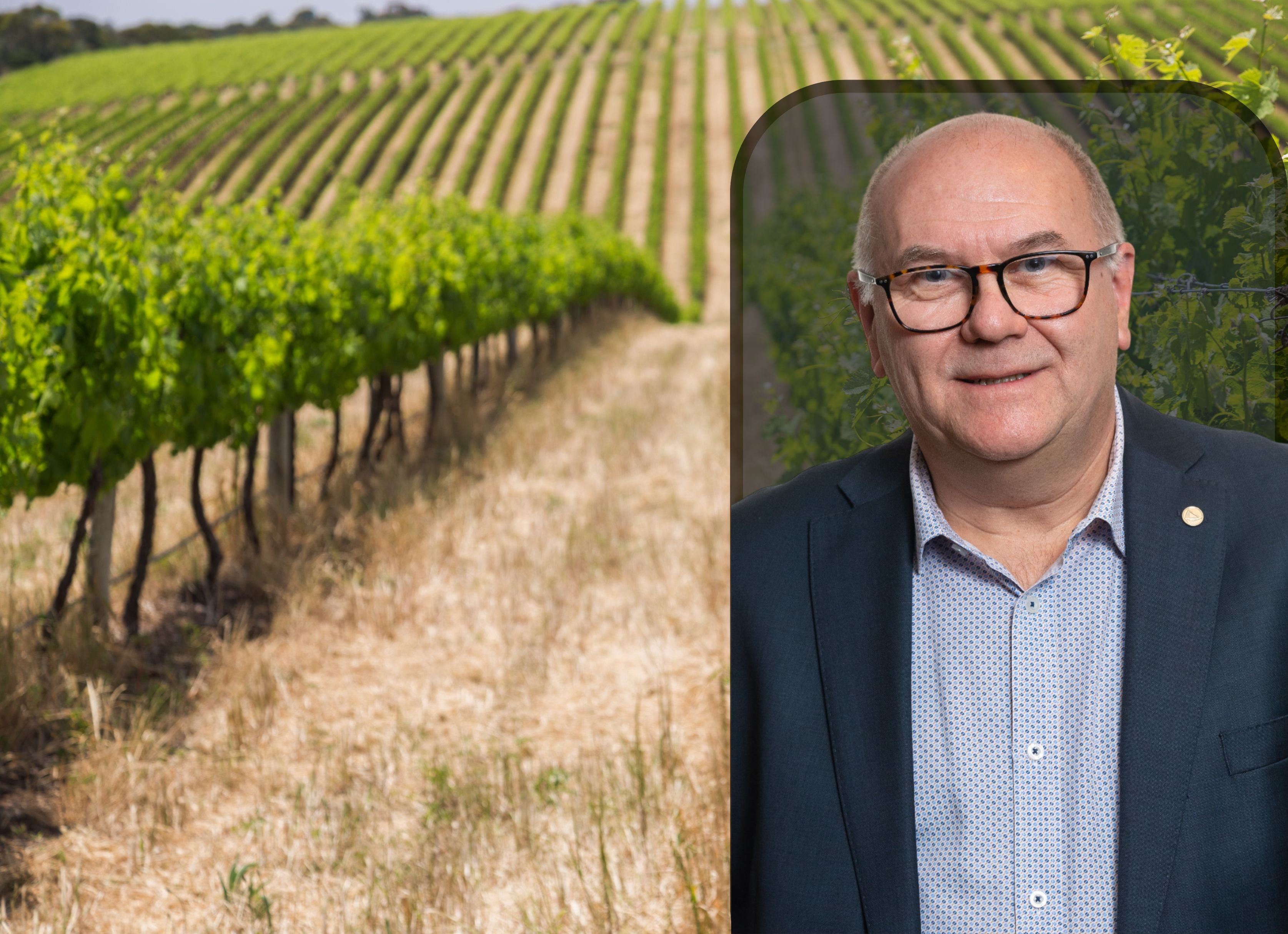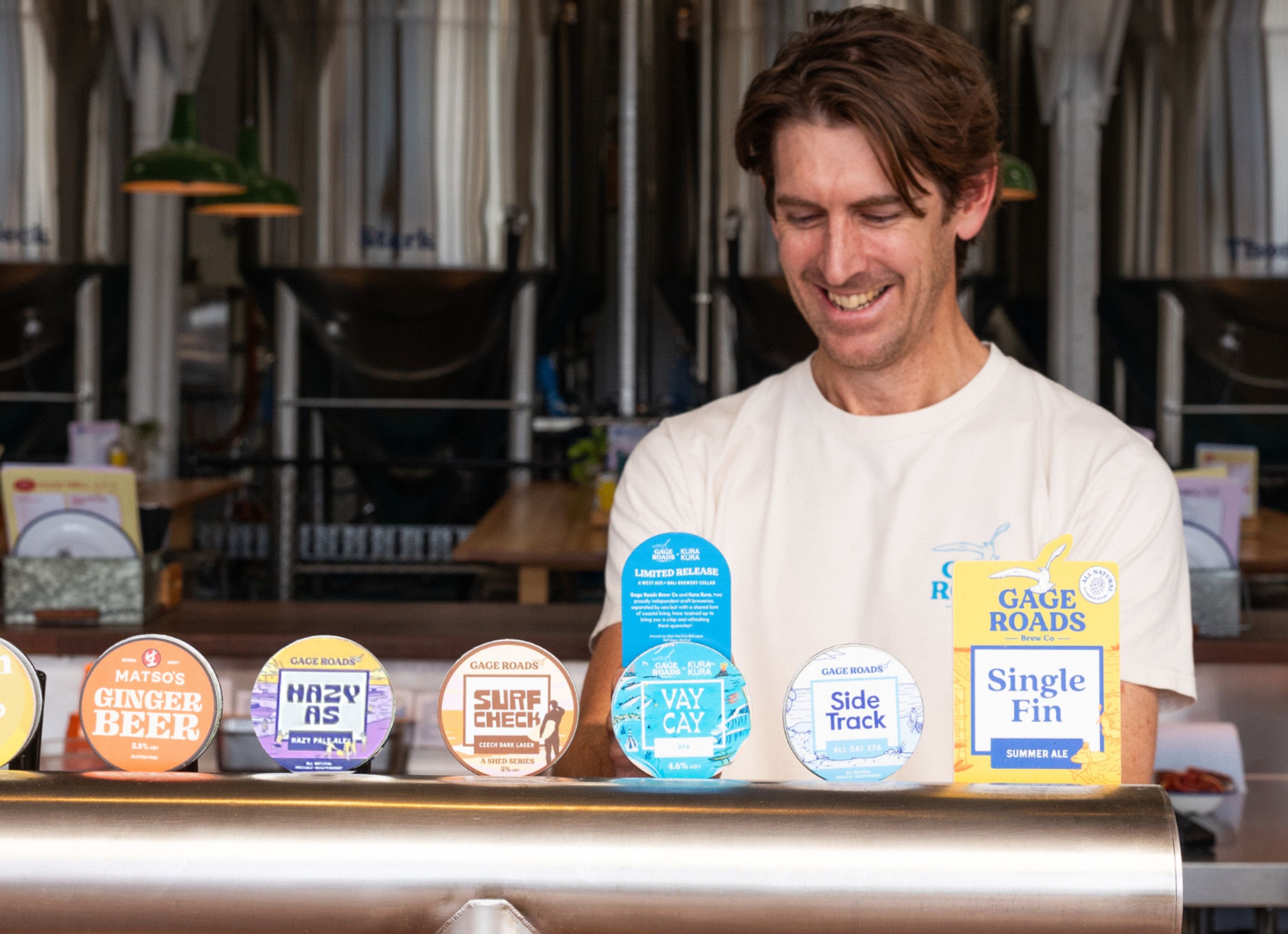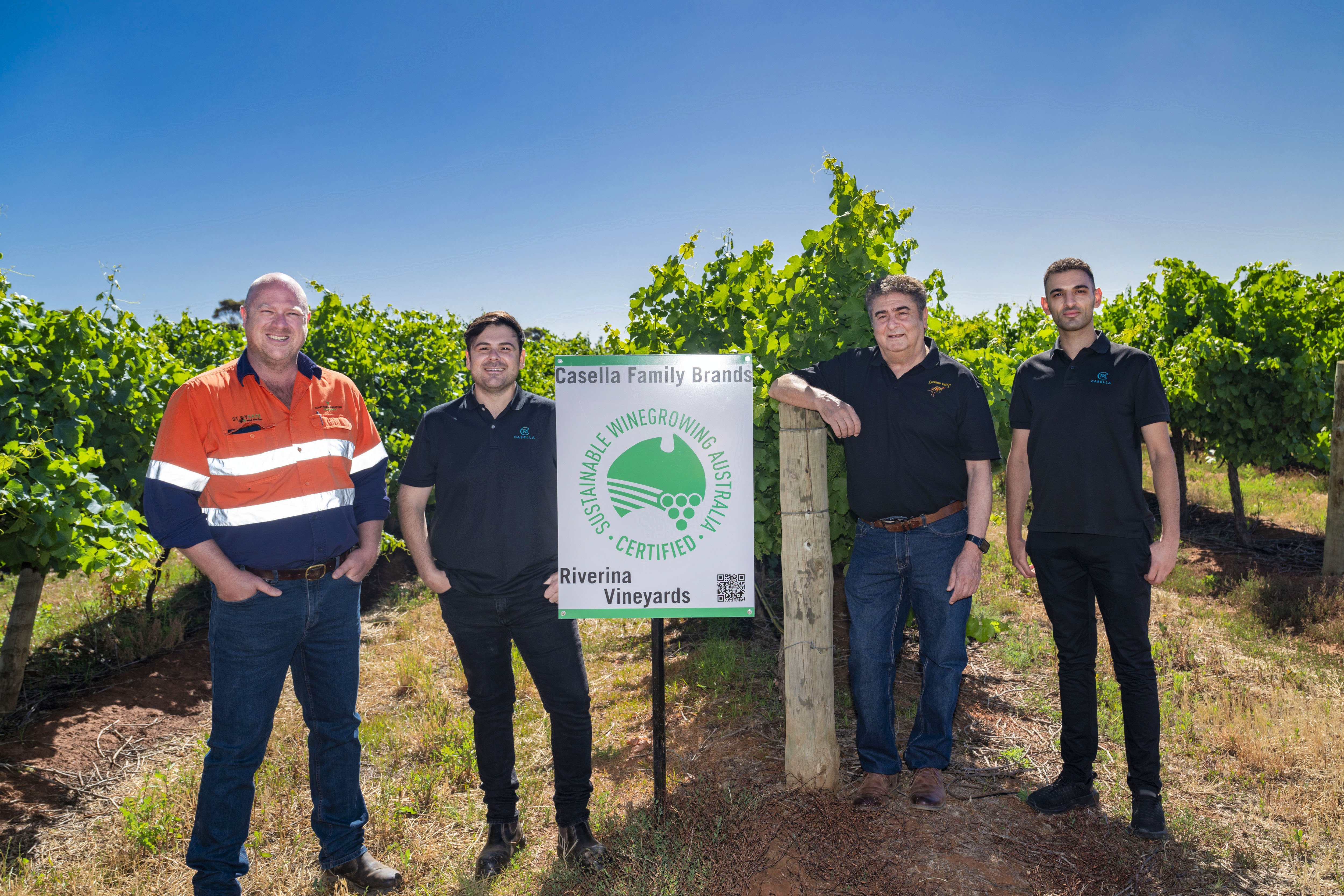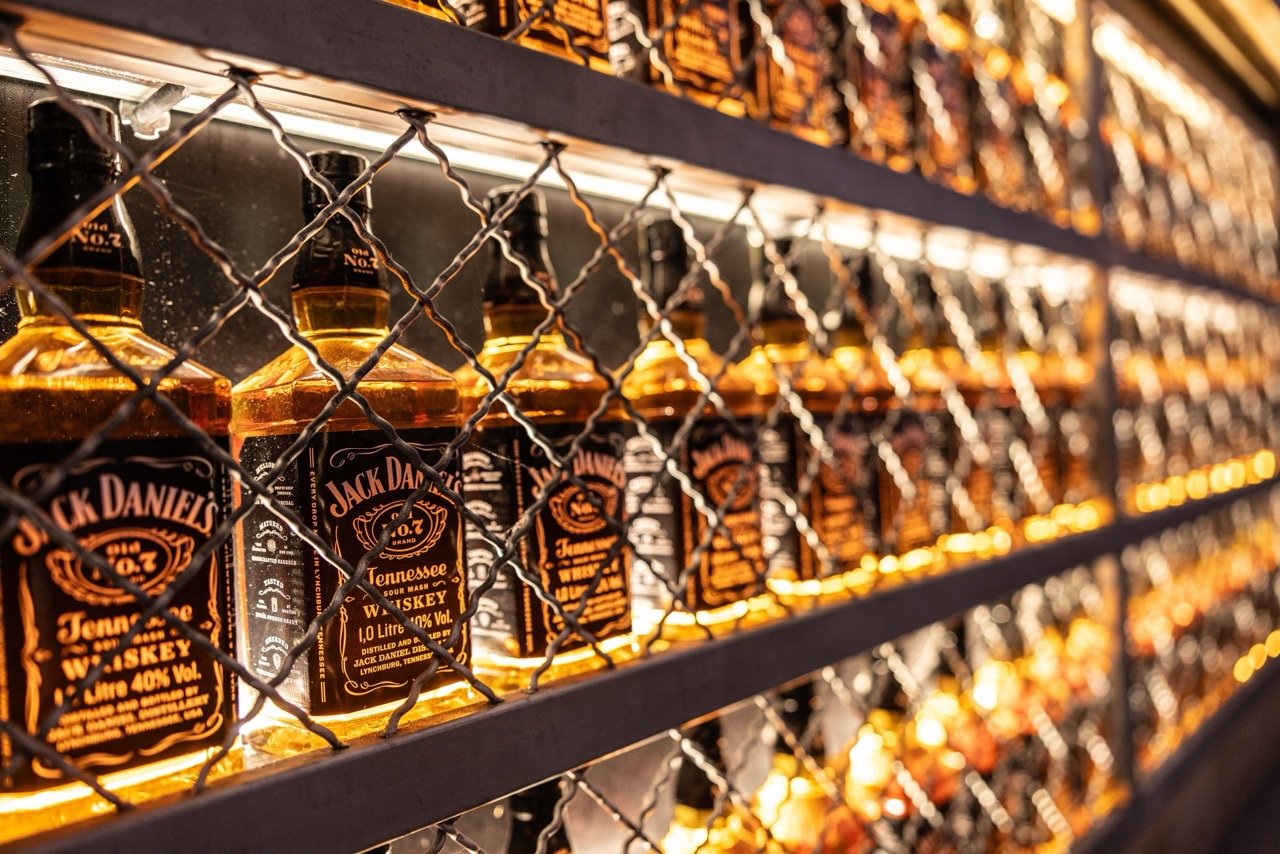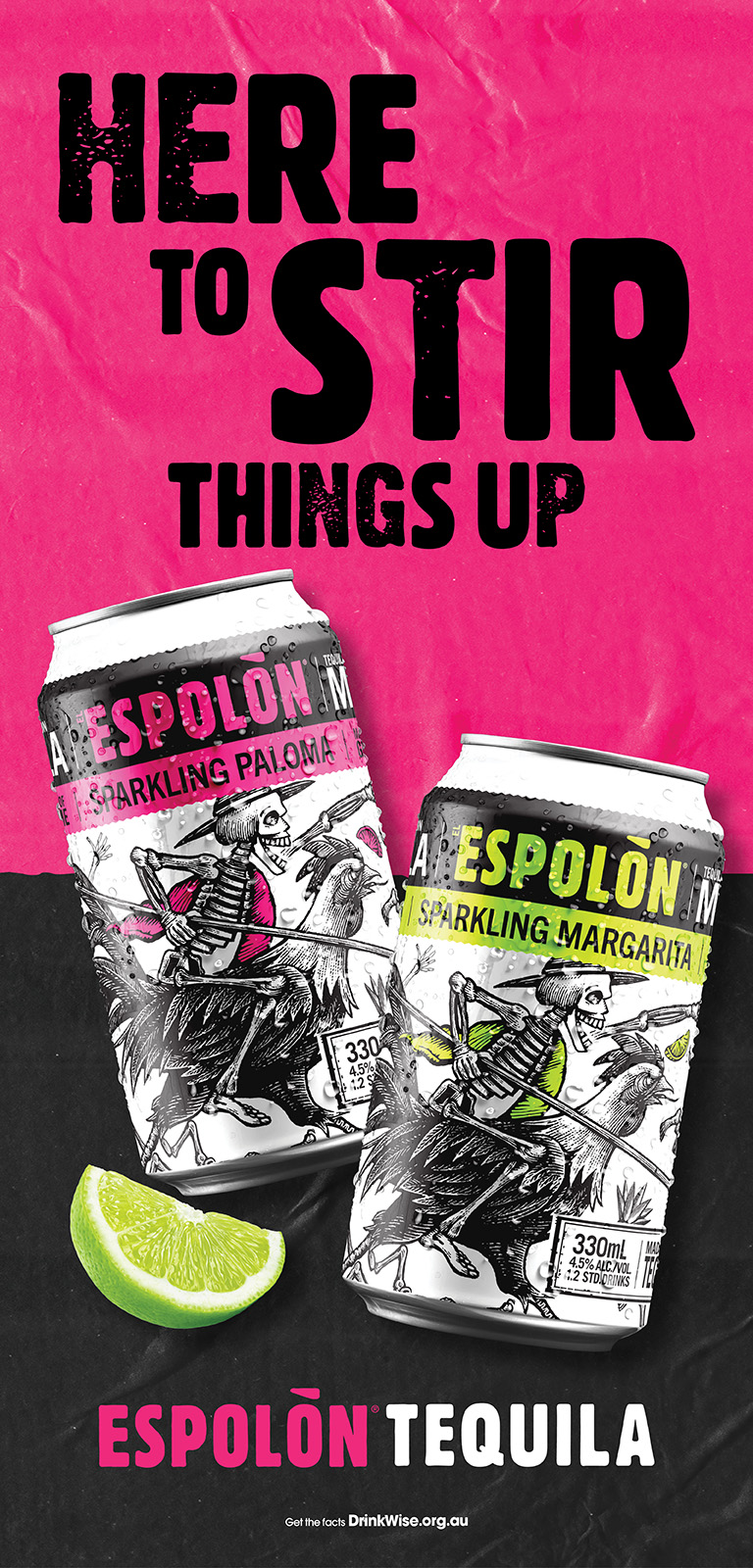"Spiked seltzer" is latest the word on everyone's lips in the US drinks industry.
It's been heralded as the drink of summer, overtaking 2018's frosé, which overtook 2017's Aperol Spritz, which stole the crown from 2016's rosé.
And it's perhaps the biggest threat of them all to summer's traditional king - beer - due to its unisex appeal, low-ABV and low-calorie count, in addition to its extensive range of flavour variants.
As Paul Mabray, CEO of consumer insight service emetry.io notes to Forbes: "Hard seltzers have capitalized on both the healthy trend, and new flavour profiles, but especially social media and digital marketing. This helped them cross the gender barrier [to male consumers] that many of the other adult beverages as of yet failed to do."
But what is it and why hasn't it arrived on Aussie shores?
Essentially a "hard seltzer" is alcoholic water, but it's not to be confused with mineral water, tonic water or soda water.
Seltzer is made by carbonating plain water with carbon dioxide, while other water mixers contain sodium and minerals.
“Hard seltzer has exploded this past year," Liz Paquette, head of consumer insights at Drizly, told Forbes. "At this time last year, the top three spiked seltzer brands accounted for 6% of share in the beer/cider/seltzer category. This year, they're sitting at a whopping 19% of share. This kind of growth has been unprecedented in recent years on Drizly and has certainly penetrated would-be beer and cider consumers.
“The share of cider sales in the month of August has dropped from 6% in 2018 to 5% of share in 2019 and the top 10 beer brands on Drizly have dropped from 36% of share to 32% of share."
Its sales soared by 210% over summer, with industry analysts predicting it will reach $1 billion this year and could be worth $2.5billion by 2021.
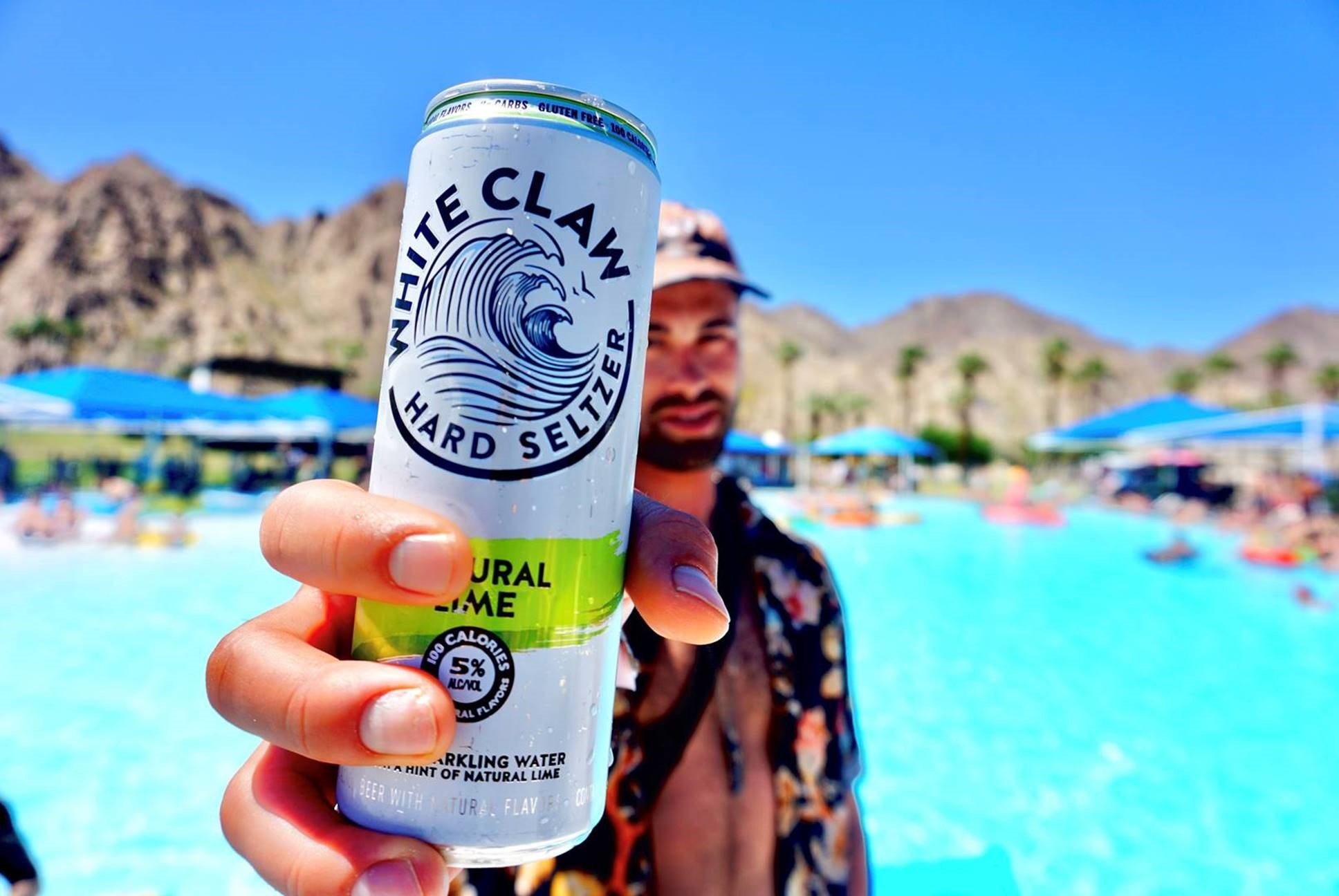
A brand called White Claw, owned by Mark Anthony Brands, is leading the category with a 50% market share, followed by Boston Beer Company's Truly, with AB InBev's Bon & Viv in third place.
“This is not a fad,” Ricardo Marques, vice president of core and value brands at Anheuser-Busch, told CNN. “This is here to stay.”
And other major drinks companies are eyeing the category closely, looking for a piece of the action.
Sales of Diageo's line of spiked seltzer increased 86% over summer, according to Nielsen data.
Brown-Forman CEO Lawrence Whiting told analyts during an investor call last week: "I would argue that the whiskey category is a little bit more insulated from this sort of spike in hard seltzer demand. It's closer in on beer and then likely closer in, I think, on some of the lighter drinks, given that skews female and that skews younger.
"So I don't worry too much about our whiskey portfolio and the impact that it might have on there. But we spent a lot of time thinking about how can we play in there and we're running some tests in California right now with Jack Daniel's under a spirit-based model.
"It is an interesting phenomenon to watch and see how many people are going after these seltzer drinks."
The next frontier in hard selzer is unflavoured options. AB InBev just released Bon & Viv Classic, which will be offered on tap, with the company encouraging bars to add their own squeezes of fruit.
White Claw is also entering the flavourless space with a hard seltzer called Pure, based on research it conducted showing 20% of consumers don’t like flavor in their seltzer, coupled with the fact that vodka soda is the most popular mixed drink in the US.
So why aren't selzter's on sale Down Under, given the US boom?
In Australia, hard seltzers fall under RTD tax excise, which makes them price prohibitive.
But the local industry is definitely sitting up and paying attention to that astronomical sales growth, so watch this space ...
x
Share the content

